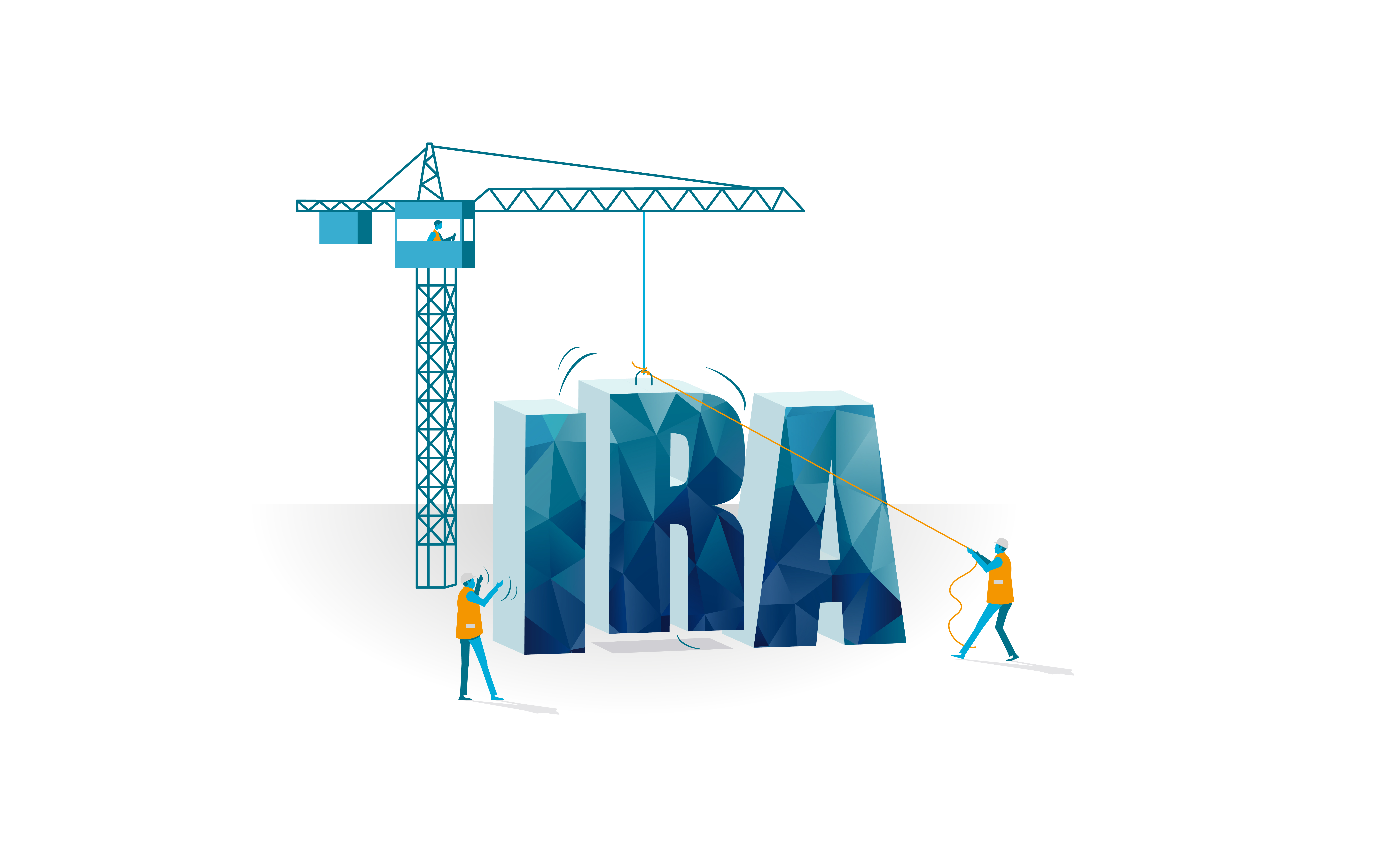How does a 401(k) plan work?
A 401(k) has grown to be one of the most popular types of retirement savings plans since its inception in 1978. To take full advantage of your employer-sponsored savings plan, it’s helpful to understand the basics about investing in a 401(k). Explore the 401(k) guide below to learn more.


What is a 401(k)? How does a 401(k) plan work?
A 401(k) is an employer-sponsored retirement savings plan that offers significant tax benefits while helping you plan for the future.
With a 401(k), an employee sets a percentage of their income to be automatically taken out of each paycheck and invested in their account. Participants can choose how to allocate their funds among the investment choices offered by the plan, which usually include a variety of mutual funds.
What types of employer sponsored retirement plans are there?
There are several different types of employer-sponsored retirement plans:
- Traditional 401(k)
- Roth 401(k)
- 403(b)
- 457(b)
Traditional 401(k)
With a traditional 401(k), you fund your account with pre-tax dollars. Because your contributions are withdrawn from your paycheck before you’ve paid any taxes, your taxable income will be lower. For example, if you earned $80,000 in 2023 and you contributed $5,000 towards your 401(k), your taxable income will be reduced to $75,000.
However, when you withdraw from your account in retirement, your contributions and investment earnings are generally fully taxable. The taxes will be determined by the tax rate at the time of your withdrawal.
Roth 401(k)
With a Roth 401(k), you make contributions with after-tax dollars. This means that once you retire at age 59 ½ or later and begin taking distributions from your account, you won’t have to pay taxes on any of your contributions or earnings (not including any employer match, which will get taxed when you collect any of it).
Whether you choose between investing in a traditional or Roth 401(k) depends on your preference and what your employer offers. If your company offers 401(k) plans to its employees, you may be able to invest in both or only one. Contact your plan administrator for more information.
Similar employer sponsored retirement plans
If you are employed by a public school, state college, religious organization, non-profit or another tax-exempt organization, you may be allowed to participate in a 403(b) plan. If you are a state or local government employee (like a teacher or police officer), you may be eligible to participate in a 457(b) plan.
These types of plans are generally similar to a 401(k) in terms of contribution limits and investment opportunities.
How is a 401(k) different from an IRA?
The primary difference between a 401(k) and an IRA is that an employer offers a participant a 401(k), whereas an individual opens an individual retirement account (IRA) on their own. While IRAs don’t offer benefits like the employer match or a higher contribution limit, they may provide participants with more flexibility and investment choices than a 401(k) can.
You may be able to contribute to both your employer plan and a traditional or Roth IRA, depending on your income.
What is employer matching?
With an employer match, a company matches what an individual employee contributes to their 401(k) up to a certain amount. Most companies that offer an employer match determine how much it contributes based on a percentage of what an employee contributes.
For instance, a company may contribute 50% of the first 6% that an employee contributes. So, if your annual salary is $60,000 and you choose to contribute 6% to your 401(k) each year, you will contribute $3,600 and your company will contribute 50% of that, or $1,800. You can choose to contribute more of your salary, but your company’s match will be capped at $1,800.
Vesting
Many companies have a vesting period that determines when employer contributions belong 100% to the employee. The money you personally contribute to your 401(k) belongs to you; however, your company’s match may not be yours immediately. Many companies require a person to remain employed for three to five years before the employer matches are 100% entitled to the employee.
For example, if you leave a company after two years but the vesting period is three, your employer’s contribution to your 401(k) may go back to them — or you may receive only a percentage of it, depending on your company’s vesting schedule.
What are the 401(k) contribution limits?
For 2023, the maximum contribution limit for employees to individually contribute pre-tax (or Roth deferrals) to their 401(k) is $22,500. If you are above the age of 501, you can have a “catch-up” limit of an additional $7,500 to contribute (making the total if you are over 50 to $30,000). To compare, you are allowed to contribute $6,500 per year to an IRA or Roth IRA ($7,500 if you are 50 or older).
What are the 401(k) withdrawal rules?
Early withdrawal rules
While it is usually not possible to withdraw from your 401(k) while you are still working and under age 59 ½, there are certain situations when you can request a hardship withdrawal, including:
- Postsecondary tuition for you or your family
- Medical or funeral expenses for you or your family
- Certain costs related to buying, or repairing damage to, your primary residence
- Preventing your immediate eviction from or foreclosure of your primary residence
Hardship distributions of pre-tax contributions and earnings are generally subject to tax and may be subject to a 10% early withdrawal penalty, as well. Hardship distributions are not eligible to be rolled to an IRA.
Loan rules
Many plans allow you to borrow up to 50% or $50,000 of your funds — whichever is less — but you have to repay the loan with interest, usually within five years. You won’t be required to pay any taxes or penalties, and any interest you pay goes back into your account. However, if you leave your current job, you may be required to pay back your loan in full in a short amount of time.
If you’ve defaulted on your loan, you’ll be required to pay taxes and a 10% penalty fee (if you left your employer prior to the year you turned 55).
Learn more about borrowing or withdrawing money from your 401(k) before you retire.
Withdrawals in retirement rules
The current age at which you’re able to withdraw without penalty from your 401(k) is 55 (if you left your employer in the year you turned 55 or later). If you left your employer before the year you turned 55, the 10% premature distribution penalty applies until age 59 ½. But it’s also important to note that the IRS won’t let you keep your money in your 401(k) forever. Once you reach a certain age, you are required to begin taking required minimum distributions from your 401(k). The RMD age is 73 for individuals who turn 72 after 2022. Individuals who turned 72 prior to 2023 are already subject to RMDs. In 2033, the RMD age will increase to 75.
Learn more about required minimum distributions (RMDs).
What happens to my 401(k) when I change jobs?
When you change jobs, you are no longer allowed to contribute to your former employer’s retirement plan. If you are not yet ready to retire, you have a few options when it comes to deciding on what to do with what is left in your 401(k):
Keep the money in your former employer’s plan
While you will no longer be able to contribute earnings to it, some employers will allow you to keep your 401(k) active if you have reached a certain vested balance, which is usually more than $5,000.
Move your balance into your current employer’s plan
Doing so should come without any tax penalties and allows you to invest in a new plan.
Switch, or “roll over” to an IRA
With a rollover IRA, you won’t face any tax penalties and you may be able to invest in different options not otherwise offered to you through your original 401(k). While you will no longer be making automatic contributions, this can be a flexible opportunity to have your money all in one place — especially if you’ve had multiple jobs with multiple 401(k) plans over time. It is important, however, to look at all the pros and cons of rolling over to an IRA before making a decision.
Cash out
While you can withdraw your vested amount from your 401(k) through a lump-sum distribution, you will still have to pay income tax and a 10% penalty if you left your employer before the year you turned 55 and are under the age of 59 ½, which can cost you big in the long run.
Learn more about what to do with your 401(k) when you change jobs.
How an Ameriprise financial advisor can help
Investing in a 401(k) is an efficient way to help you reach your retirement goals and find financial support in retirement. An Ameriprise financial advisor can help you assess your goals, budget and current situation to determine how you can use a 401(k) to plan the retirement that is right for you.
Or, request an appointment online to speak with an advisor.
At Ameriprise, the financial advice we give each of our clients is personalized, based on your goals and no one else's.
If you know someone who could benefit from a conversation, please refer me.
Background and qualification information is available at FINRA's BrokerCheck website.
Ameriprise Financial cannot guarantee future financial results.
 Return to My Accounts
Return to My Accounts


